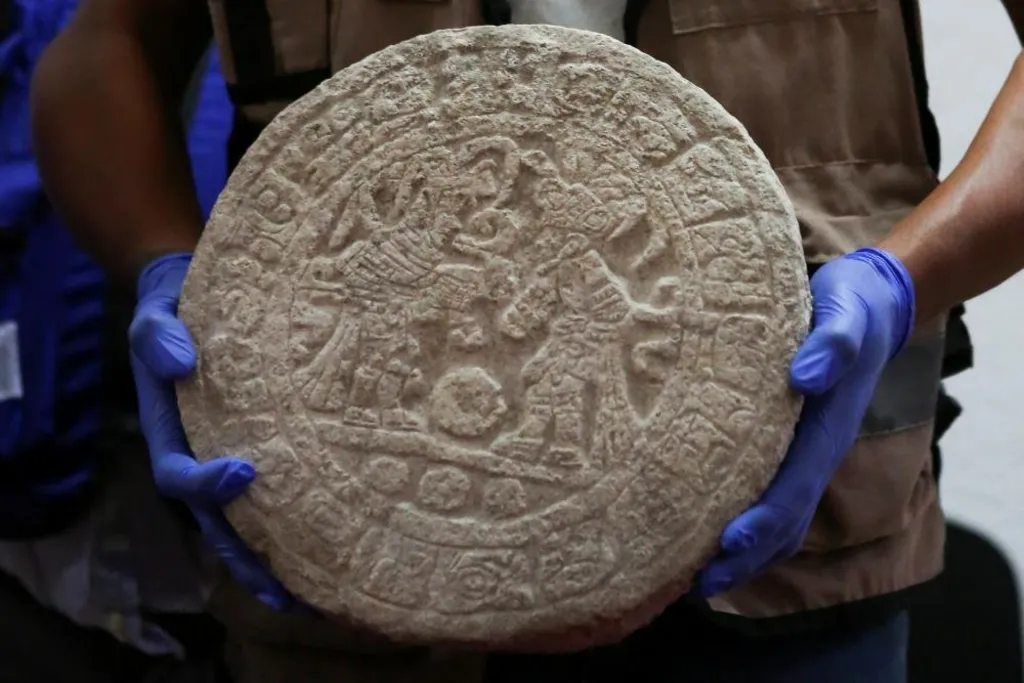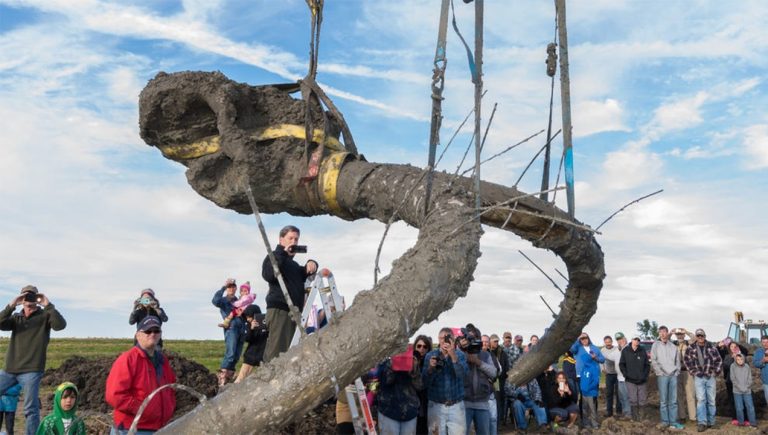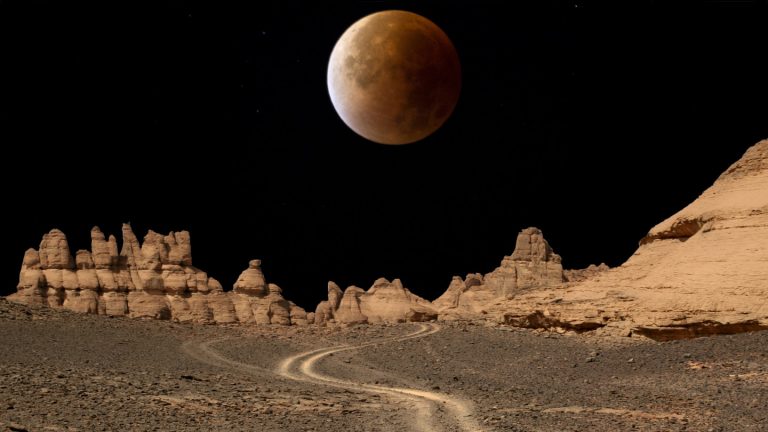Chichen Itza: Archaeologists discover scoreboard for ancient Maya ball game
Archaeologists in Mexico have discovered a detailed stone that they think was used as a scoreboard for pelota, a ball game played by the Maya hundreds of years ago.
The circular stone was discovered at the Chichen Itza site and is believed to be about 1,200 years old. It features two players wearing elaborate headgear, surrounded by hieroglyphic writing. Experts are currently studying the writing to understand its meaning. The 40 kg (88 lb) stone was found by archaeologist Lizbeth Beatriz Mendicut Pérez in a building called Casa Colorada (Red House).
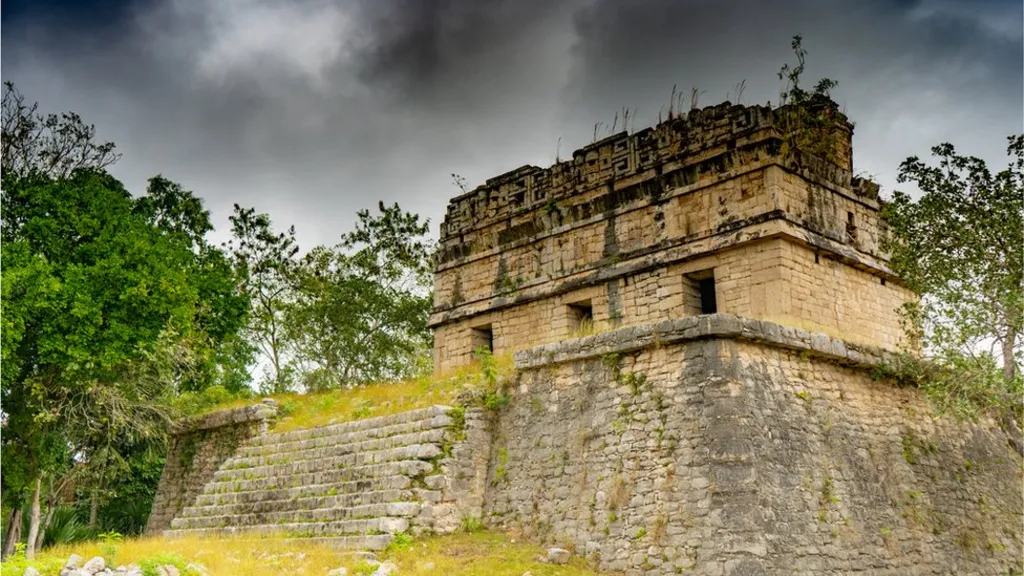
Casa Colorada is the best-preserved building around the main plaza in the ancient city of Chichen Itza. Experts think the stone once decorated an archway at the entrance to the building during the late 800s or early 900s. It was found face down, half a meter underground, likely falling there when the archway collapsed.
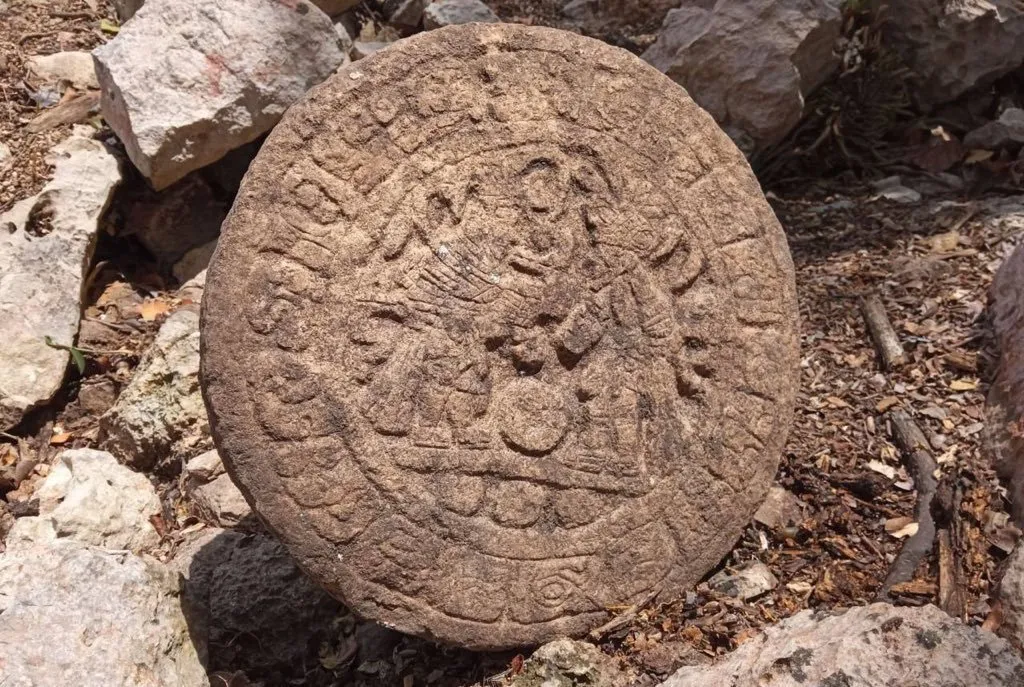
Mexico’s National Institute of Anthropology and History (INAH) has called the 40 kg (88 lb) stone a valuable and unusual discovery. “Finding hieroglyphic writing at this Maya site is rare, and finding a complete text is even rarer. This hasn’t happened in 11 years,” said archaeologist Francisco Pérez Ruiz.
A team led by Santiago Sobrino Fernández, which specializes in iconography, has identified the two central figures on the stone as pelota players. One player wears a feather headdress, while the other, likely his opponent, wears a “snake turban” and appears to be wearing the typical protective gear for the game.
Pelota is a team sport played with a heavy rubber ball in a ball court. It is believed to be 3,000 years old and was played throughout Mesoamerica.
